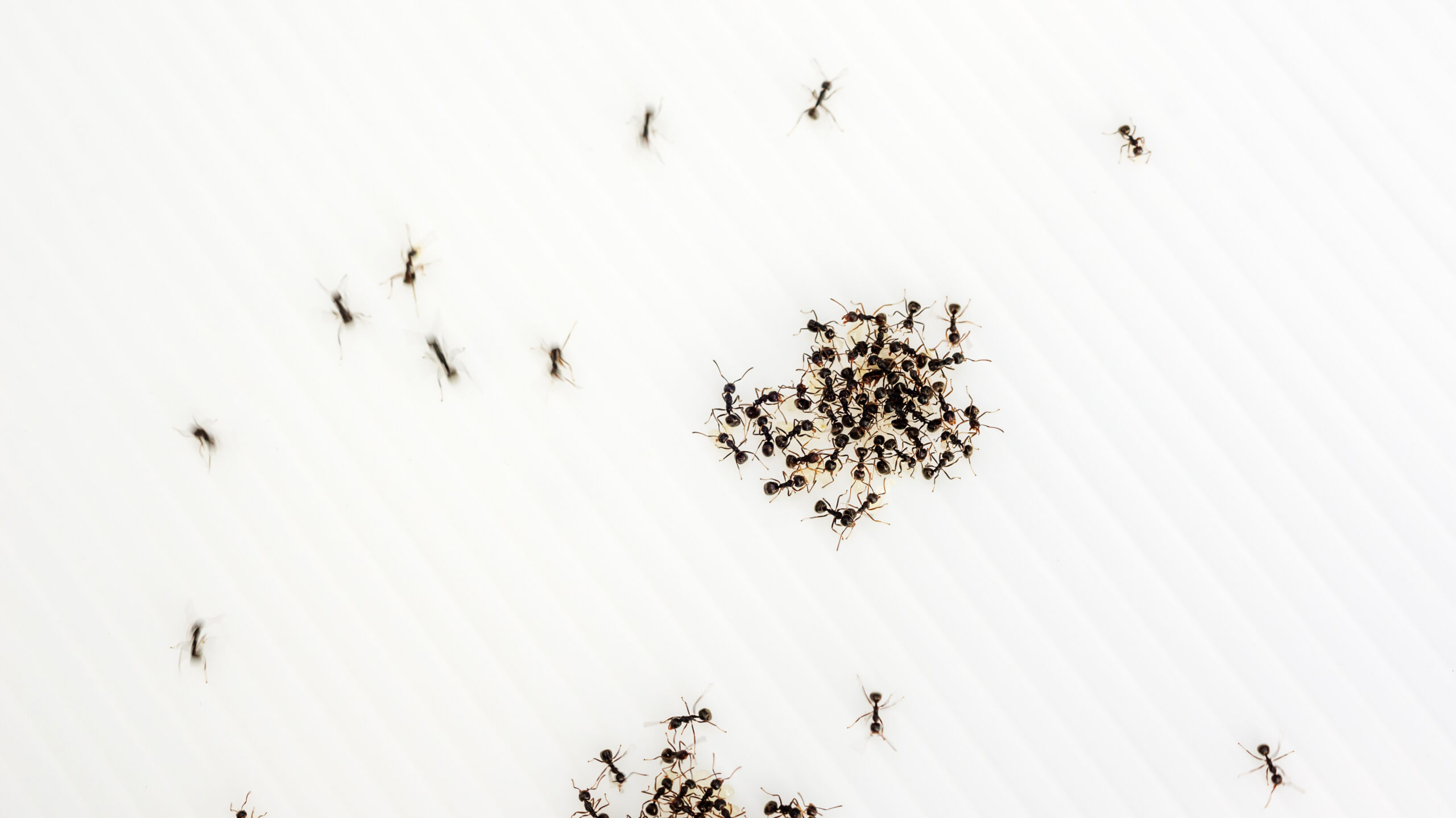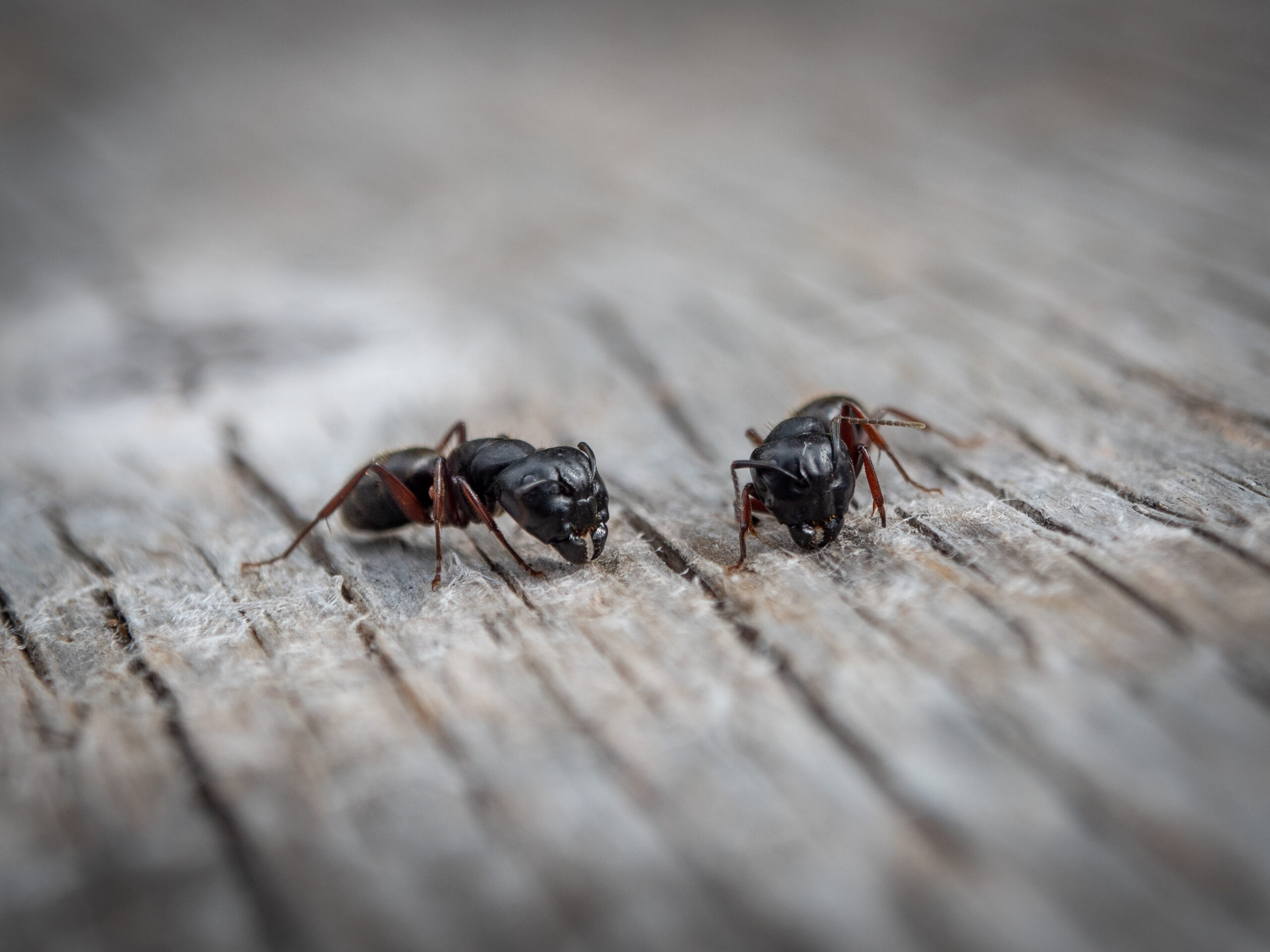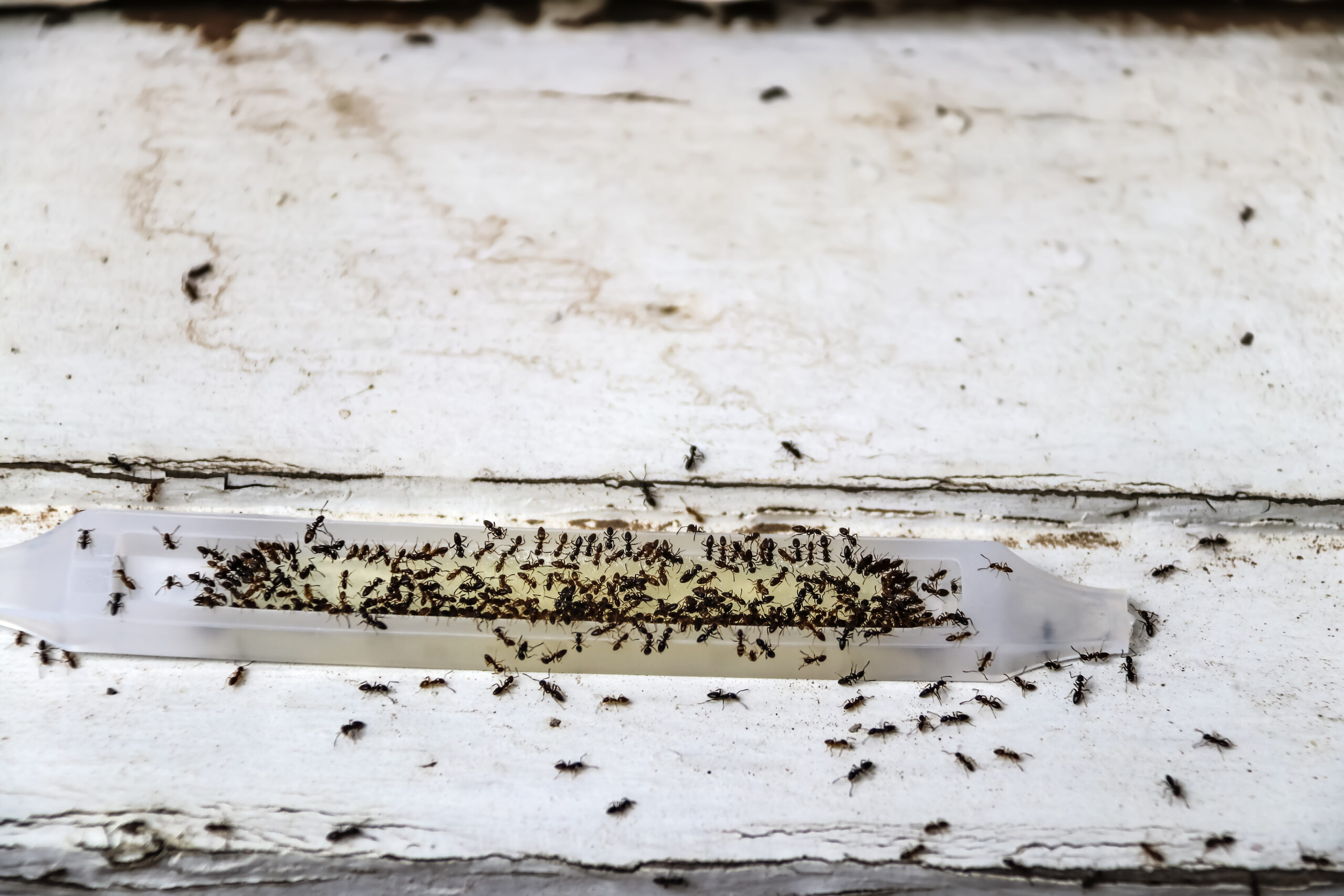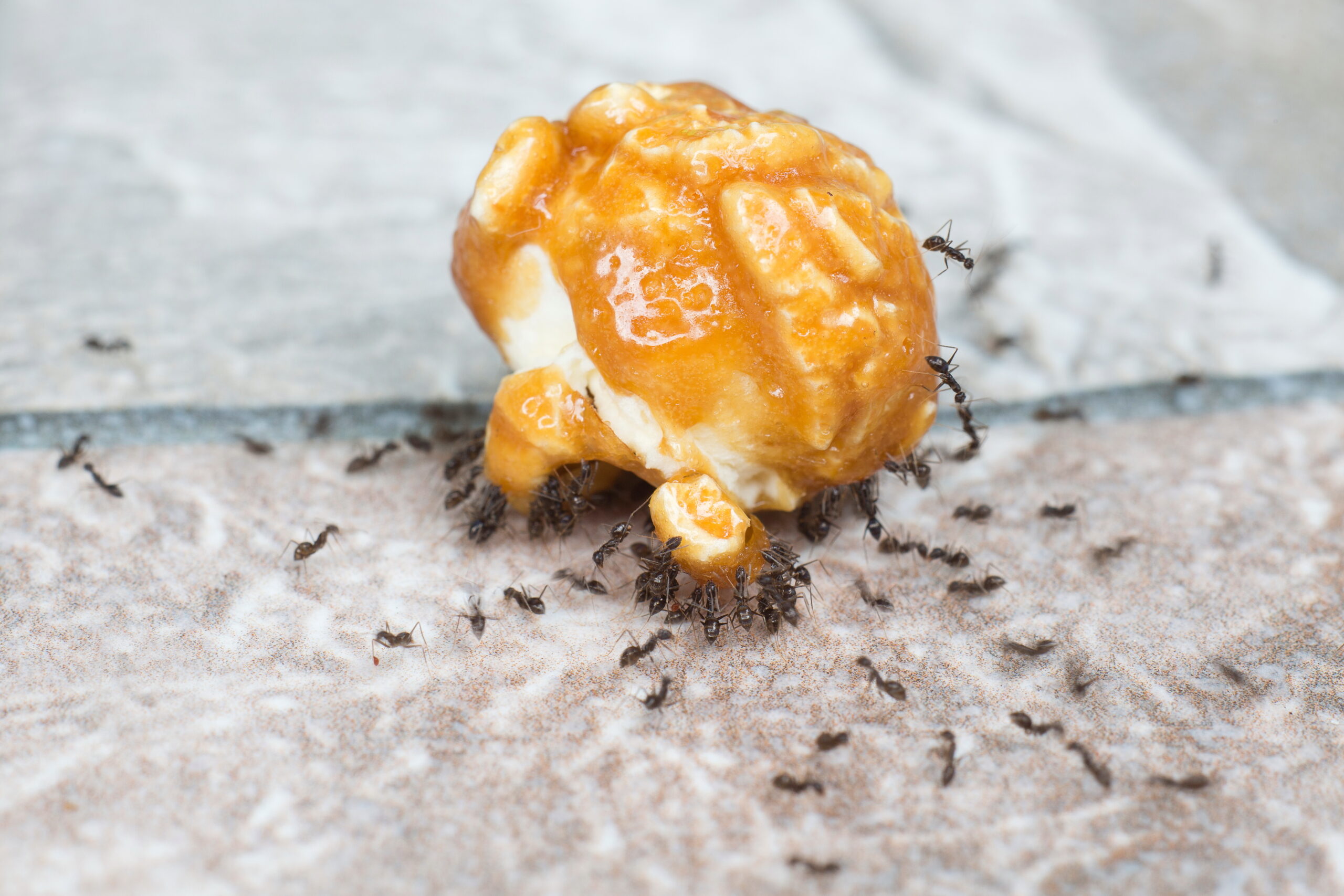Ant infestations can be a common and persistent problem that homeowners face. These tiny creatures can infiltrate our homes, seeking food and shelter, causing frustration and discomfort. Recognizing the signs of an ant infestation and understanding effective treatment methods are crucial for maintaining a pest-free environment. In this blog, we will explore how to identify ant infestations, discuss the different ant species you may encounter, and provide practical tips for effective ant control.

Identifying an Ant Infestation
The first step in dealing with an ant infestation is to identify its presence. Here are some key signs that indicate you may have an ant problem:
- Trails of ants: Observe for trails of ants marching in a line, particularly in the kitchen, pantry, or areas where food is stored.
- Nests: Ants usually establish nests near food sources or in moist areas. Look for ant nests in wall cavities, under floors, in the garden, or near cracks and crevices.
- Visible ant workers: Keep an eye out for individual ants or groups of worker ants, which are smaller in size and are commonly seen searching for food.
- Ant frass: Certain ant species, such as carpenter ants, leave behind sawdust-like material called frass, which can indicate the presence of nesting activity.
- Damage to wood: If you notice wood damage, particularly in areas with high moisture content, it could indicate an infestation of carpenter ants.

Common Ant Species
There are numerous ant species, but a few are known for causing infestations in homes. Understanding the behavior and characteristics of these ants can help in effective treatment. Here are three common ant species to watch out for:
- Carpenter Ants: These large ants excavate tunnels in wood and can cause structural damage to buildings. They prefer moist and decaying wood.
- Odorous House Ants: These small, dark-colored ants emit a strong, unpleasant odor when crushed. They are commonly found in kitchens and bathrooms, foraging for sugary or greasy substances.
- Pharaoh Ants: These tiny ants are notorious for their rapid reproduction rates and the ability to establish multiple colonies. They can contaminate food and are known to be a major nuisance in hospitals and commercial settings.

Treating Ant Infestations
Once you’ve identified an ant infestation, it’s crucial to take prompt action to eliminate them. Here are some effective strategies for treating ant infestations:
- Sanitation: Keep your home clean and free of food debris that can attract ants. Wipe down surfaces, promptly clean spills, and store food in airtight containers.
- Eliminate entry points: Seal cracks, crevices, and gaps in windows, doors, and foundation to prevent ants from entering your home.
- Natural remedies: Some natural deterrents include using ant-repelling herbs and spices like peppermint oil, cinnamon, or cloves. These can be sprayed in areas prone to ant activity.
- Baiting: Ant baits are an effective way to control ant colonies. Place ant baits near ant trails or areas where you’ve noticed their activity. The ants will carry the bait back to the colony, eradicating the entire population.
- Insecticides: If the infestation persists, consider using insecticides labeled for ant control. These should be used with caution and strictly according to the manufacturer’s instructions.
- Professional pest control: For severe or recurring infestations, it is advisable to seek the assistance of a professional pest control company. They have the knowledge, experience, and tools to tackle ant infestations safely and effectively.
Prevention and Long-term Ant Control
Prevention is key when it comes to ant infestations. Here are some preventive measures to ensure long-term ant control:
- Keep your home clean and tidy, minimizing potential food sources.
- Regularly inspect your property for signs of ant activity and address any issues promptly.
- Trim branches and vegetation away from the house to prevent ants from gaining easy access.
- Maintain good drainage to reduce moisture, as ants are attracted to damp areas.

Identifying and treating ant infestations early on is crucial to prevent further damage and inconvenience. By understanding the signs of infestation, the different ant species, and implementing effective treatment methods, you can successfully control ant populations and maintain a pest-free home environment. Remember, if the infestation persists, it’s best to consult professional pest control services for comprehensive eradication.
Reach out to PestNow of Central Virginia if you are in need of professional pest control services. We can take care of ants as well as many other insects and pests. We also offer preventive services to stop unwanted house guests in their tracks before they start looking for food, water, and shelter. We are a veteran-owned and operated local business that proudly serves the Richmond, Fredericksburg and Northern Neck areas. At PestNow CVA, we make sure that you’re getting the best of both worlds from our staff. You get access to support from the nationwide PestNow organization and you also get personalized service, individual attention, and professional expertise from the local Virginians who own and operate our three locations. We hope that you’ll give us a call the next time that you’re in need of assistance.



